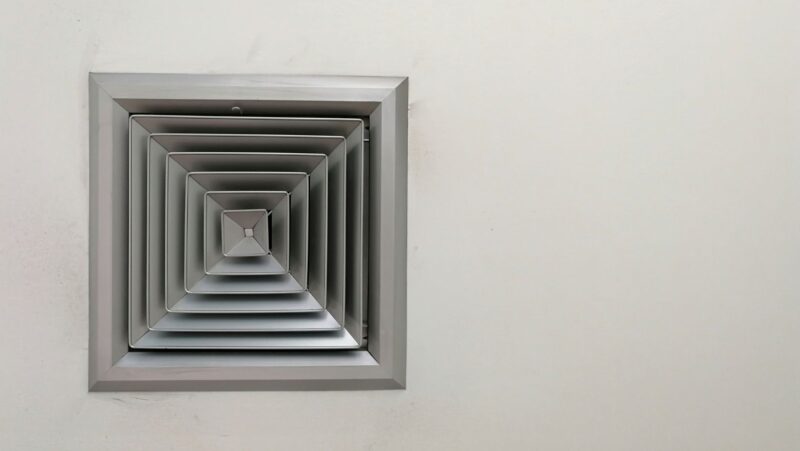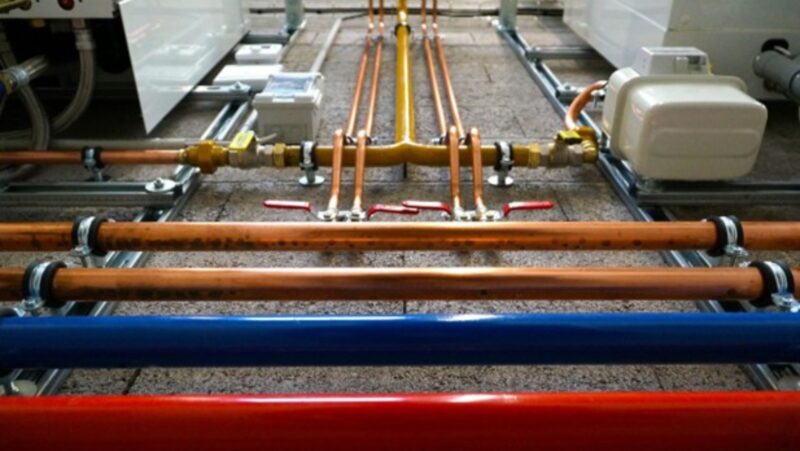
Moving to a new home can be both exciting and overwhelming. Whether you’re moving to a more affordable home to escape high living costs, like those in Sarasota, where moving costs are 22% higher than the national average, or simply relocating to a neighborhood with better schools, it’s essential to ensure your new home is ready for you and your family. So, before you pack your boxes and schedule the movers, take some time to address these important tasks in your new home to ensure a smooth transition.
1. Inspect the Plumbing
One of the first things you should do in your new home is inspect the plumbing. Leaky faucets, dripping pipes, and low water pressure can cause significant issues if left unattended. Start by checking all the faucets and showerheads for any signs of leaks. Inspect the toilets to ensure they flush properly and aren’t running continuously, which can waste water and increase your utility bills.
If you notice any issues, consider hiring a professional plumber to address them before you move in. Fixing plumbing problems early can save you from unexpected repairs and potential water damage remediation down the line. Taking these steps will help ensure your home’s plumbing is in top condition, preventing costly headaches in the future.
2. Assess Furniture Accommodation
Especially if you’re downsizing to escape high living costs in places like Sarasota, determining how much furniture your new home can accommodate is crucial. Start by measuring the rooms and comparing these measurements with your existing furniture. This step will help you decide which pieces can fit and where they will go.
Create a layout plan for each room. Visualizing where each piece of furniture will be placed can ease the moving process and ensure that everything fits comfortably. Moreover, when hiring professional Sarasota local movers, this planning also helps you inform them about the number of items they will be transporting, which can affect the cost and logistics of your move.
If you find that some of your furniture won’t fit in your new home, consider selling or donating these items.
3. Test Electrical Systems
Before moving into your new home, it’s essential to test all electrical systems to ensure they are working correctly. Begin by checking all electrical outlets and switches. Plug in a device, such as a phone charger or a lamp, to verify that each outlet is functioning.
Inspect the circuit breaker panel to ensure it is properly labeled and that all circuits are in good working order.

Ensure that all installed lighting fixtures are working correctly. Replace any burnt-out bulbs and check for any flickering lights, which could indicate an underlying electrical issue.
If you notice any problems or if the electrical system seems outdated, it’s wise to hire a licensed electrician to perform a thorough inspection and make necessary repairs.
4. Examine Heating and Cooling Systems
A comfortable home requires a well-functioning heating and cooling system. Start by testing your HVAC system to ensure it’s operating efficiently. Turn on the heating and cooling functions to check for any strange noises or weak airflow.
Consider scheduling a professional inspection and servicing of your HVAC system. A technician can identify any issues and perform necessary maintenance to ensure your system is ready for the changing seasons. Ensuring your heating and cooling systems are in good condition can enhance your home’s comfort and save on energy costs.
5. Inspect the Roof and Gutters
The roof and gutters are critical components of your home’s structure. Examine the roof for missing shingles or any other damages. Look for signs of leaks or water damage inside the attic or upper floors.
Check the gutters for any blockages or damage. Clear out leaves, debris, and any obstructions to ensure proper water drainage. Damaged or clogged gutters can lead to water damage and affect your home’s foundation.
If you notice any issues with the roof or gutters, consider hiring a professional to conduct a thorough inspection and make necessary repairs. Addressing these issues before moving in can prevent costly water damage and ensure your home is protected from the elements.
6. Check for Pests
Before moving into your new home, it’s crucial to check for any signs of pests. Rodents, insects, and other pests can cause significant damage and create an unhealthy living environment. Begin by inspecting the interior and exterior of the home for signs of infestation, such as droppings, nests, or chewed materials.
Look for entry points where pests might be getting in, such as cracks in the foundation, gaps around doors and windows, or holes in walls. Seal these entry points to prevent pests from entering your home.
Taking care of pest problems before moving in will ensure your home is safe and clean for your family.
7. Clean Thoroughly
A thorough cleaning of your new home before moving in is essential. Start by deep cleaning carpets, floors, and walls. Vacuum and steam clean carpets to remove any dirt, dust, or allergens left behind by the previous occupants.
Wipe down all surfaces, including countertops, cabinets, and appliances. Pay special attention to areas that may harbor germs, such as bathrooms and kitchens. Cleaning windows and mirrors will also make your new home feel brighter and more welcoming.
If your budget allows, consider hiring a professional cleaning service to ensure every corner of your home is spotless. A clean home provides a fresh start and a healthy environment for your family.
8. Check Paint and Repairs
Before moving in, take the time to review the paint and make any necessary repairs. Freshening up the paint can make your new home feel more personalized and inviting. Choose colors that reflect your style and preferences.

As you walk through the home, look for any minor repairs that need attention. This can include fixing holes in the walls, repairing broken fixtures, or replacing outdated hardware. Addressing these small tasks before moving in will save you time and effort later.
9. Plan for Utilities
Ensuring that all utilities are set up and ready to go when you move in is crucial. Contact utility companies to transfer or set up accounts for water, electricity, gas, and internet services. Schedule these services to be activated before your move-in date to avoid any disruptions.
Confirm that the water heater is functioning correctly and that the thermostat is set to a comfortable temperature. Check that all appliances are working and ready for use.
Having your utilities set up in advance will make your move smoother and ensure that your new home is comfortable from day one.
Conclusion
Ensuring your new home is ready before moving in can make a significant difference in your overall moving experience. By addressing these ten essential tasks, you can save yourself from potential headaches and create a comfortable, safe, and welcoming environment for your family. Taking the time to prepare your new home properly will help you transition smoothly and start this new chapter with confidence and peace of mind.












